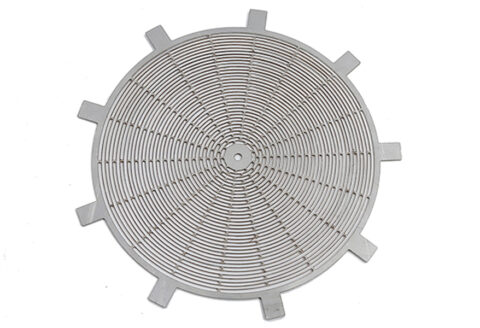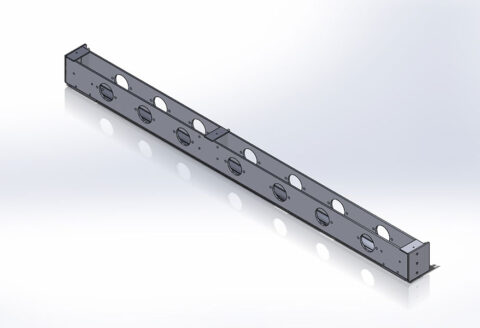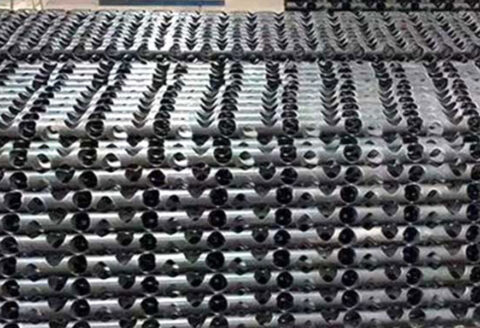Different materials have different characteristics, such as: structural steel, stainless steel, aluminum, copper and brass, titanium plates, organic matter, so the matters needing attention when using laser cutting are also different. For this reason, the editor finds all the precautions for all kinds of materials in laser cutting.
- Structural steel: Better results will be obtained when the material is cut with oxygen. When oxygen is used as the processing gas, the cutting edge will be slightly oxidized. For plates with a thickness of 4mm, nitrogen can be used as a processing gas for high-pressure cutting. In this case, the cutting edge will not be oxidized. For plates with a thickness of more than 10mm, using a special plate for the laser and oiling the surface of the workpiece during processing can get better results.
- Stainless steel: cutting stainless steel requires: oxygen is used, if the edge oxidation is okay; nitrogen is used to obtain a non-oxidized and burr-free edge, no further treatment is required. The oil film on the surface of the sheet will get better perforation effect without reducing the processing quality.
- Aluminum: Despite its high reflectivity and thermal conductivity, aluminum with a thickness of 6mm or less can be cut, depending on the alloy type and laser capability. When cutting with oxygen, the cutting surface is rough and hard. When using nitrogen, the cutting surface is smooth. Pure aluminum is very difficult to cut because of its high purity. Aluminum can only be cut when a “reflection absorption” device is installed on the system. Otherwise, the reflection will destroy the optical components.
- Titanium: Titanium plates are cut with argon and nitrogen as processing gases. Other parameters can refer to nickel-chromium steel.
- Copper and brass: Both materials have high reflectivity and very good thermal conductivity. Brass with a thickness of 1m or less can be cut with nitrogen; copper with a thickness of 2mm or less can be cut, and the processing gas must be oxygen. Copper and brass can be cut only when a “reflection absorption” device is installed on the system. Otherwise, the reflection will destroy the optical components.
- Synthetic materials: When cutting synthetic materials, keep in mind the dangers of cutting and the dangerous substances that may be emitted. Synthetic materials that can be processed are thermoplastics, thermosetting materials and synthetic rubber.
- Organic matter: There is a fire hazard in all organic matter cutting (nitrogen is used as the processing gas, and compressed air can also be used as the processing gas). Technical materials, leather, cardboard and paper can be laser cut, and the cutting edges will be burnt (brown).


